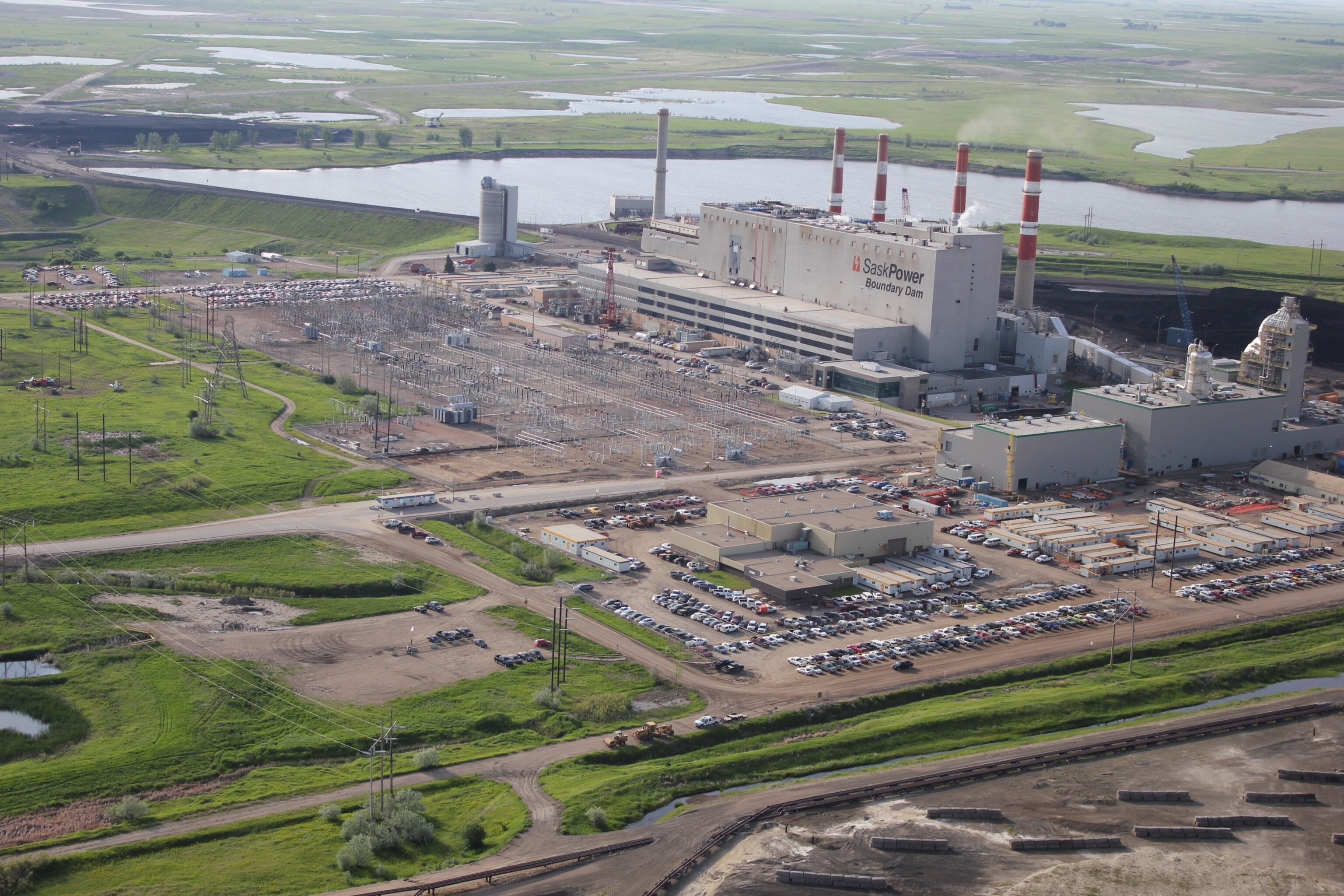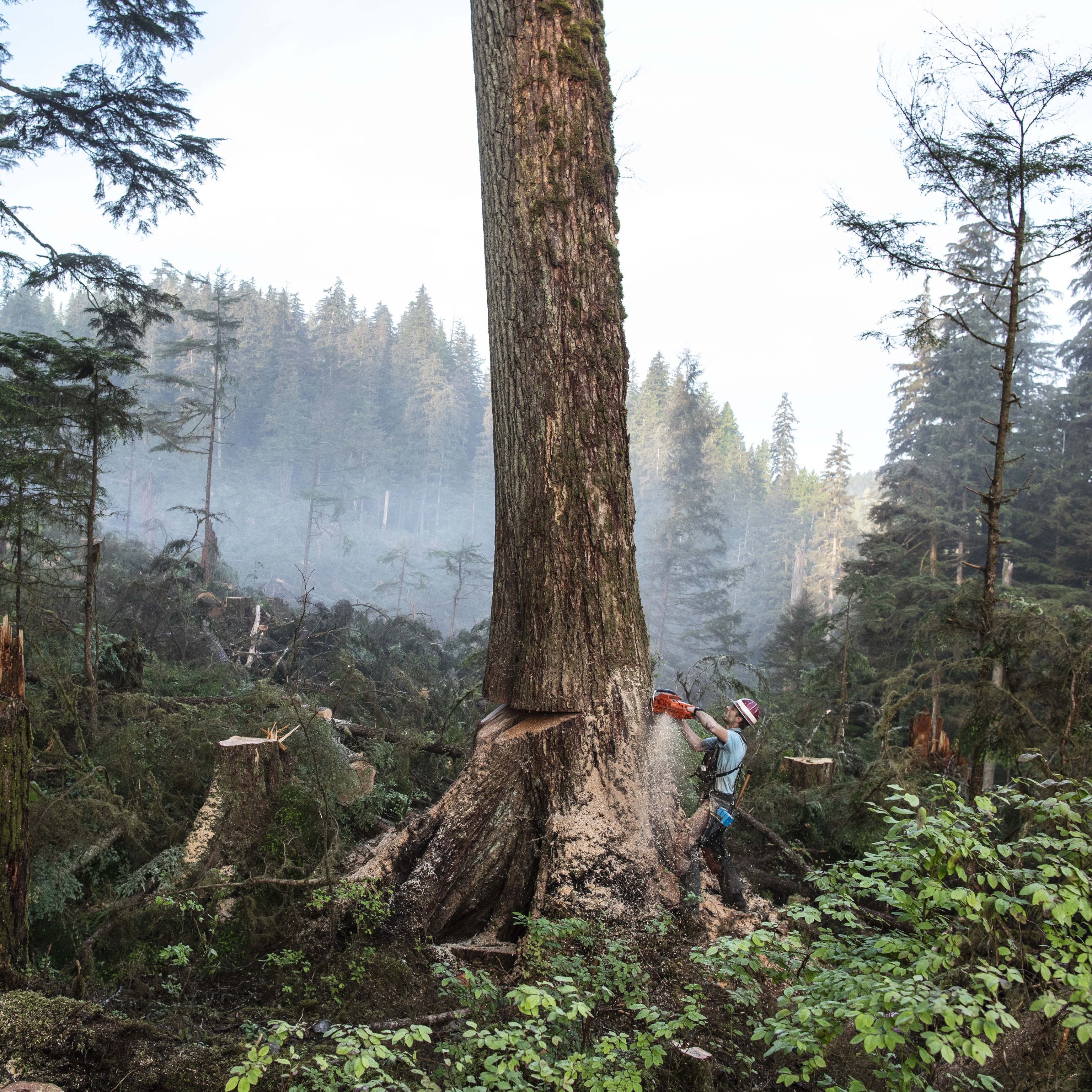World’s First Full-Scale ‘Clean’ Coal Plant Opens in Canada
Like a lot of technologies that might be enlisted in the fight against climate change, carbon capture has faced a bit of a chicken-and-egg dilemma, castigated by skeptics as unproven yet given little opportunity to demonstrate its efficacy on a large scale. That begins to change today with the opening of the Boundary Dam Carbon Capture and Storage Project in the Canadian province of Saskatchewan.
Provincial-owned electric utility SaskPower bills Boundary Dam as “the world’s first post-combustion carbon capture and storage (CCS) facility attached to a coal-powered plant.” Not everyone is excited about its arrival: The director of Sierra Club Canada called the project “a waste of vital capital that should be invested in conservation, efficiency and renewable [energy].” But backers are hopeful Boundary Dam marks a turning point for CCS, which is widely thought to be essential to limiting carbon dioxide emissions but has been slow to arrive due to cost challenges and wavering policy support.
While carbon capture has long been deployed in the industrial sector, Boundary Dam is one of two big, groundbreaking CCS power-plant projects expected to begin operating this year, along with the U.S.-backed Kemper County Carbon Dioxide Capture and Storage Project in Mississippi. The two form a nice test pair for CCS: Boundary Dam as a retrofit to an aging coal-fired plant, using a system that captures the CO2 after the coal has been combusted; Kemper as new construction, using a system that turns coal to gas and removes much of the CO2 before combustion. (See related, “Clean Coal Test: Power Plants Prepare to Capture Carbon.”)
Kemper, however, has been beset by delays (and cost overruns that have more than doubled its original $2.4 billion price tag), and start-up is now pegged for next May. That leaves Boundary Dam, on the prairie in the southeastern corner of Saskatchewan just 10 miles north of the U.S. border, in the spotlight. And mainstream organizations searching for climate solutions are heralding its arrival – the International Energy Agency said the opening was a “momentous point in the history of the development of CCS.”

The retrofit of Boundary Dam’s Unit 3, carried out at a cost of more than $1.2 billion, has yielded a plant that can generate a net 110 megawatts of power while scrubbing the flue gases of at least 90 percent of the 1.1 million metric tons a plant of its size and type would typically emit, SaskPower says. The carbon dioxide can be stored about two miles underground in a layer of brine-filled sandstone, but much of it will go by pipeline to nearby oil fields, where it will be used to extract additional oil from nearly depleted wells.
Using CO2 for what’s known as enhanced oil recovery improves the economics of CCS, but SaskPower still needed $240 million in federal support to make the project happen, according to MIT’s CCS Project Database. Duncan Kenyon, program director for Unconventional Oil and Gas at the Canadian energy think tank Pembina Institute, said that on balance it was money well spent.
“Aggressive development of renewable energy sources and a commitment to energy efficiency are vital components to addressing climate change,” Kenyon said. “But there are so many assets and such a vast infrastructure invested in fossil fuels, the short- and medium-term reality is that we need carbon capture. So, yes, this is a big achievement, an important step forward.”
Proposed regulations by the U.S. Environmental Protection Agency could make CCS a practical necessity for coal’s survival as an energy source in the United States, but Kenyon said Boundary Dam’s importance could extend beyond North America by sending a message to the world’s most prolific coal user, China, that carbon capture for power plants has arrived. (See related: “4 Key Takeaways from EPA’s New Rules for Power Plants.”)
Not that CCS backers have many doubts about the technology being used at Boundary Dam, which in its basic form was developed in the 1930s and first used to capture CO2 from flue gases in 1978, according to Howard Herzog, senior research engineer in the MIT Energy Initiative.
“It’s an old process, with a lot of new wrinkles, so the risks are fairly minimal,” Herzog said. “The thing is that it’s never been done at scale. As a first-of-its-kind project, there’s going to be a lot learning—SaskPower has already said they’ve learned a lot about how they can make improvements. That makes Boundary Dam very important and worth watching closely.”
Herzog isn’t sanguine about Boundary Dam sending a message to China – in his estimation, “they’re nowhere near willing to pay the price for carbon capture and storage” – but others in the CCS community share the hope expressed by Pembina’s Kenyon that the project’s impact will be felt beyond North America. It must, they say.
“I understand when critics say that carbon capture enables fossil fuels,” said John Thompson, director of the Fossil Transition Project for Clean Air Task Force. “But while eliminating all fossil fuels makes for a great bumper sticker, it’s not a real-world solution at this point. The math speaks for itself.”
Boundary Dam, Thompson said, debunks the criticism that CCS isn’t available or commercial. “That’s a hard thing to say when you can look out your window and see these plants actually operating.”









